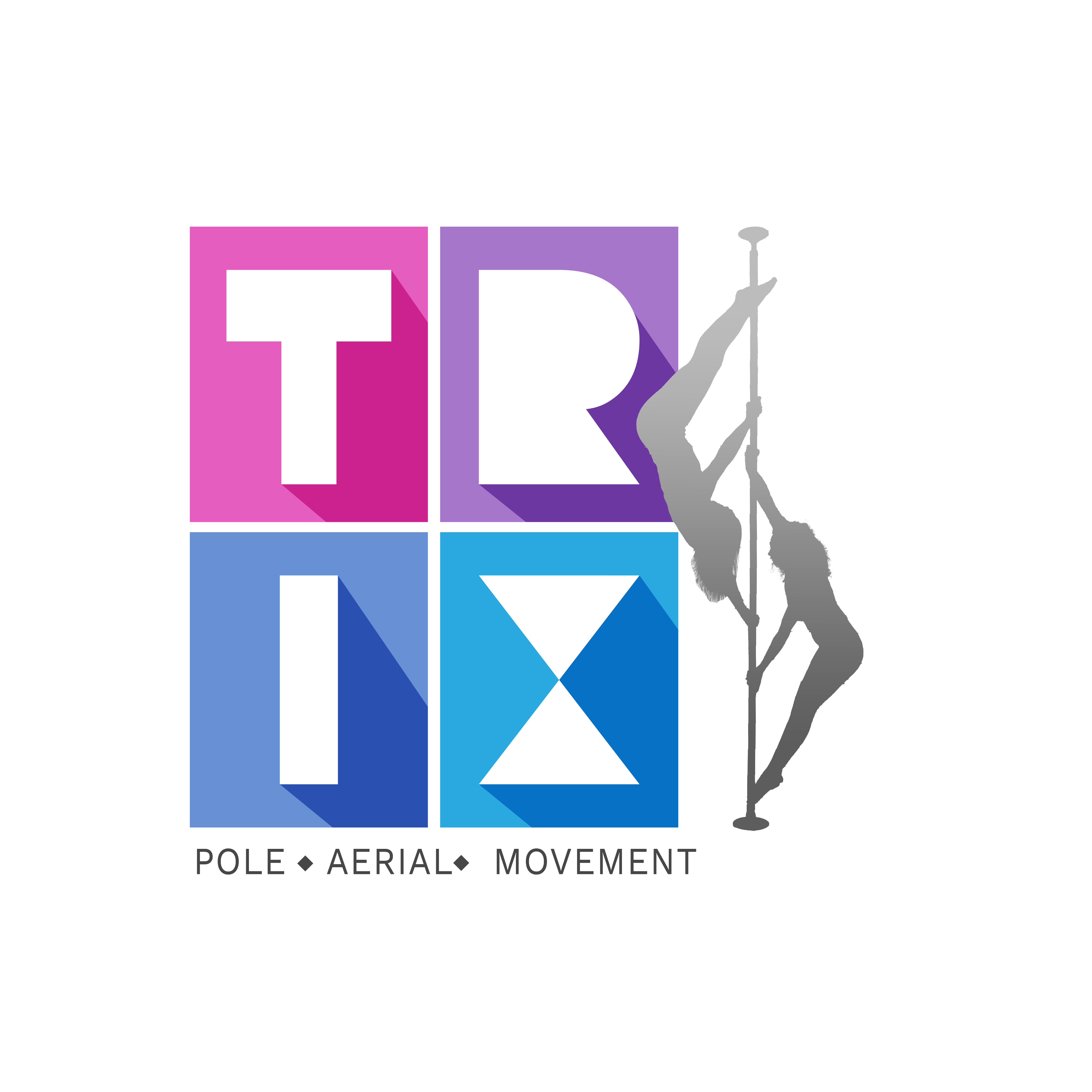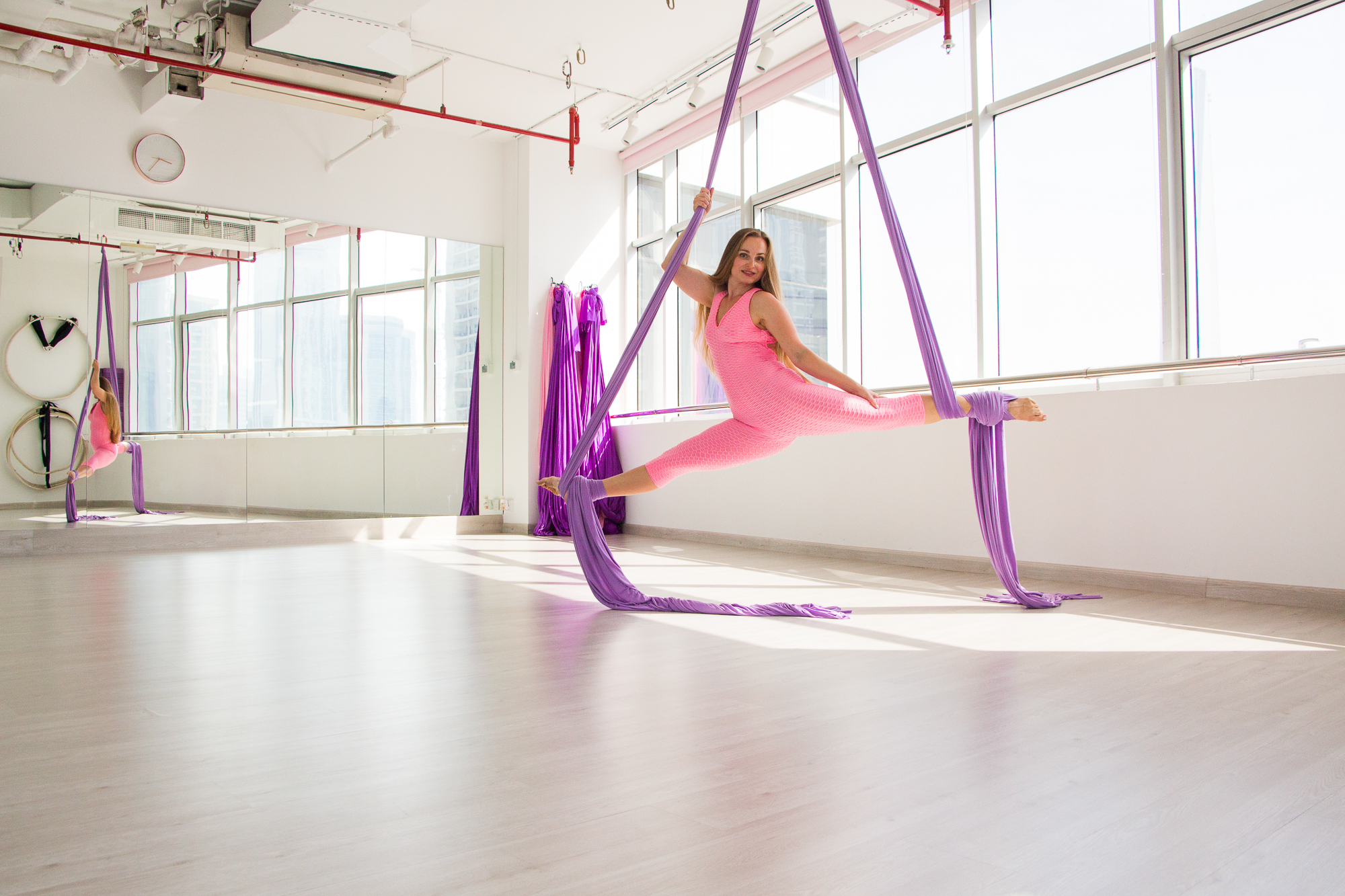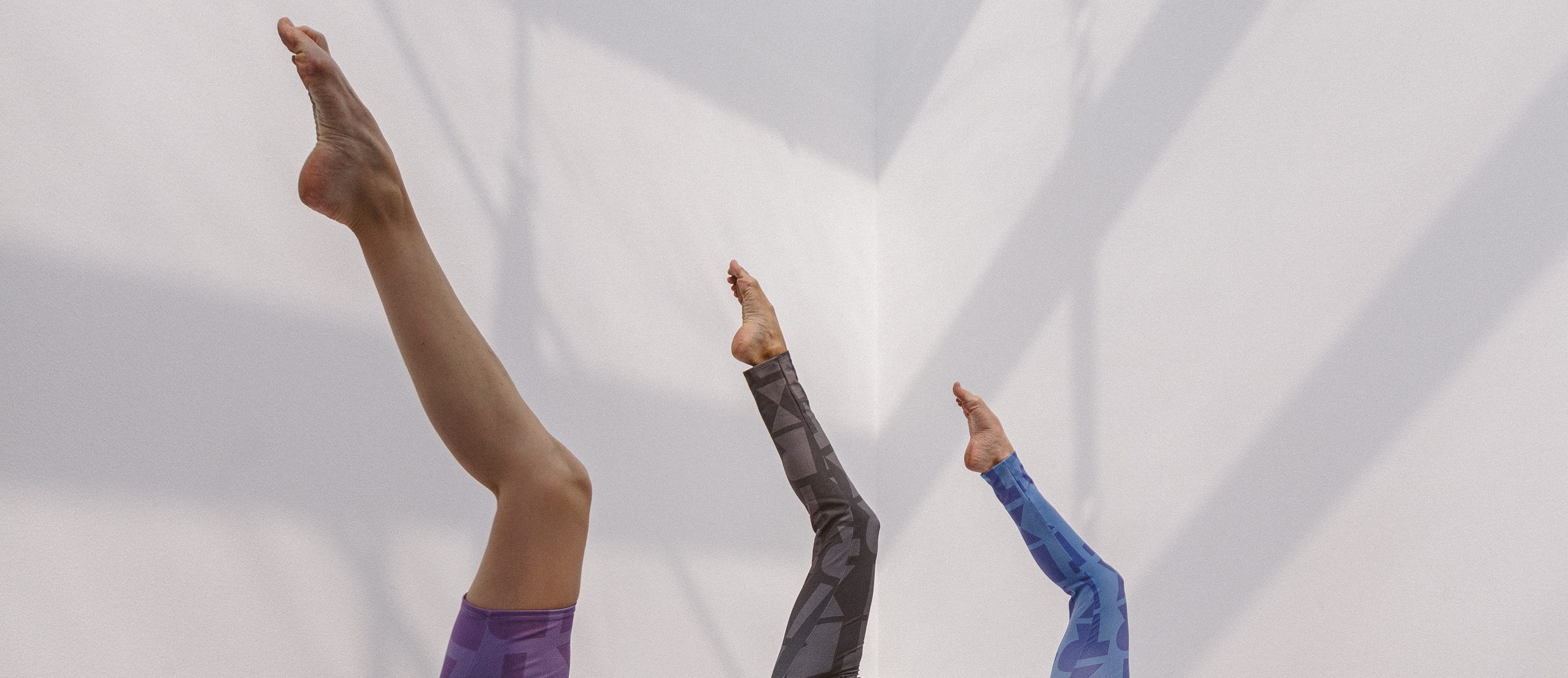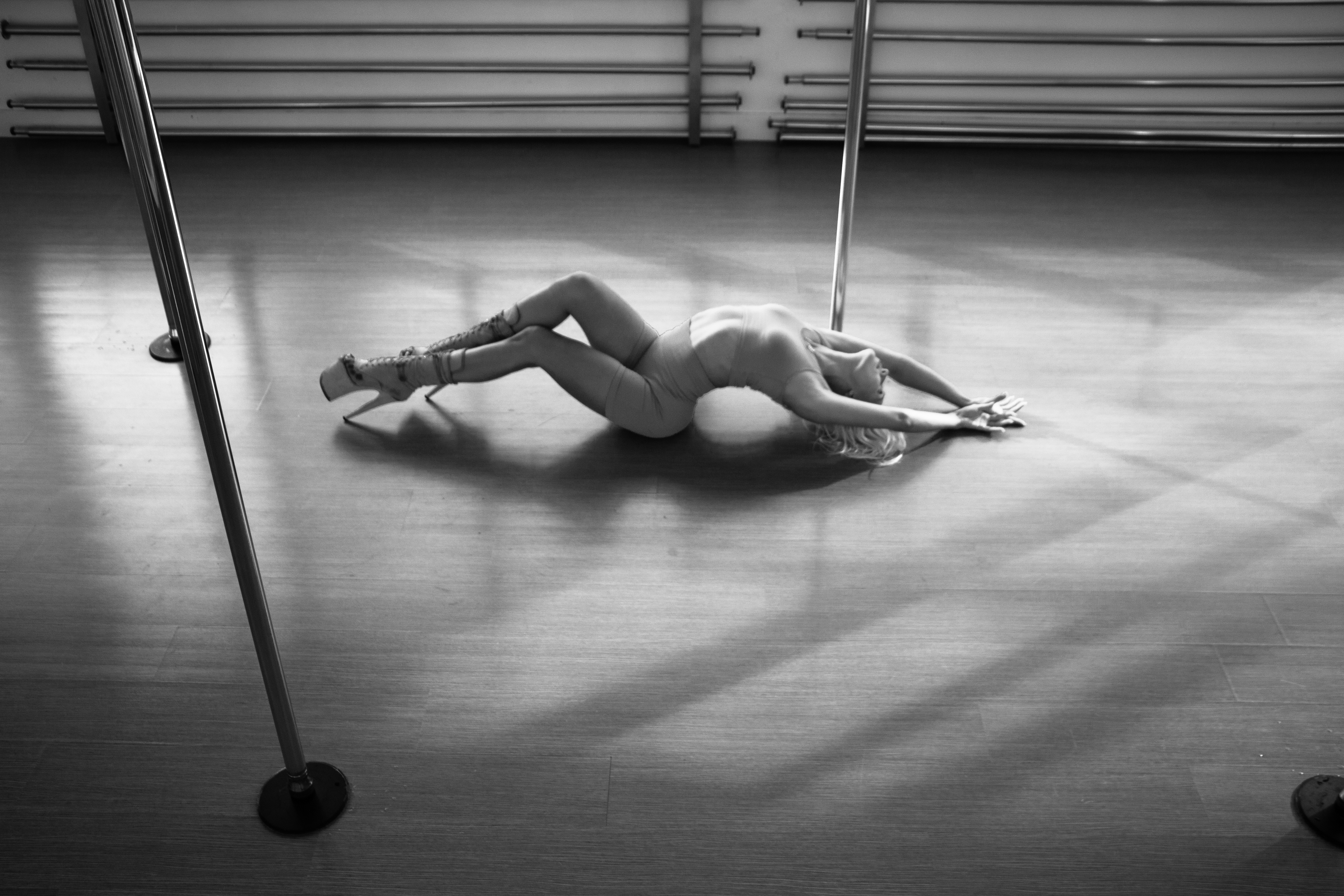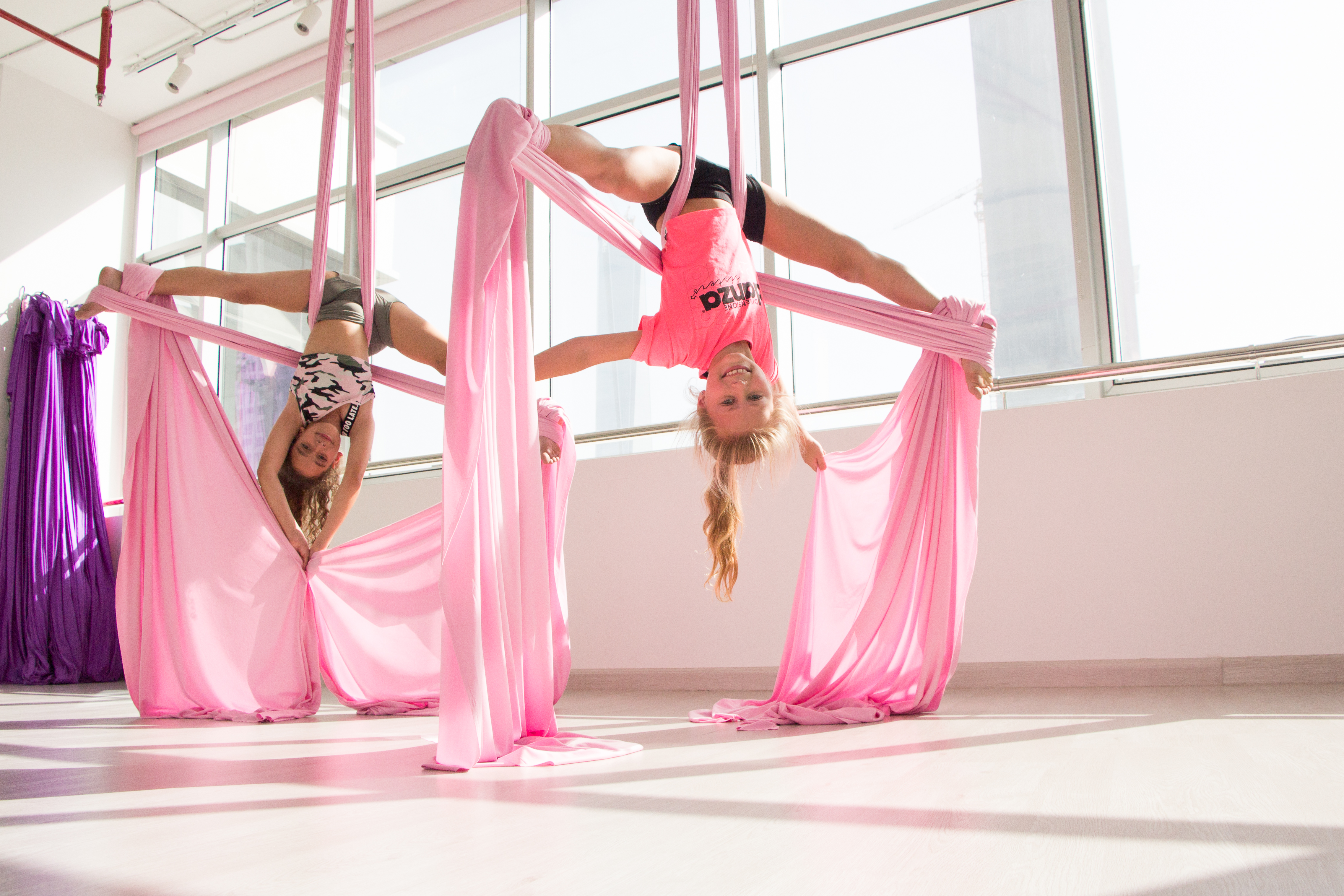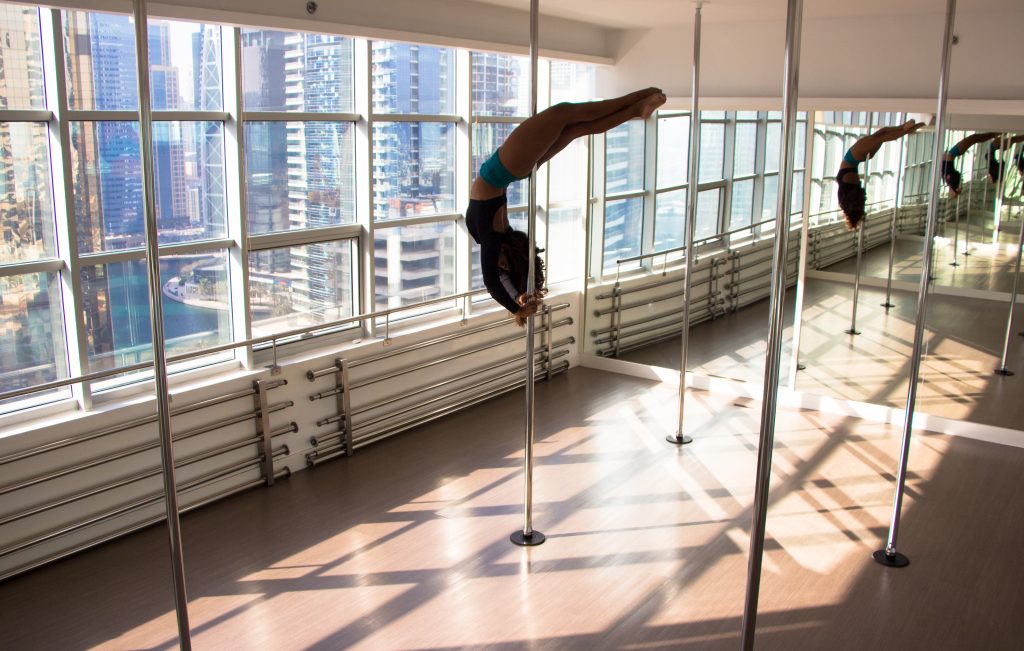
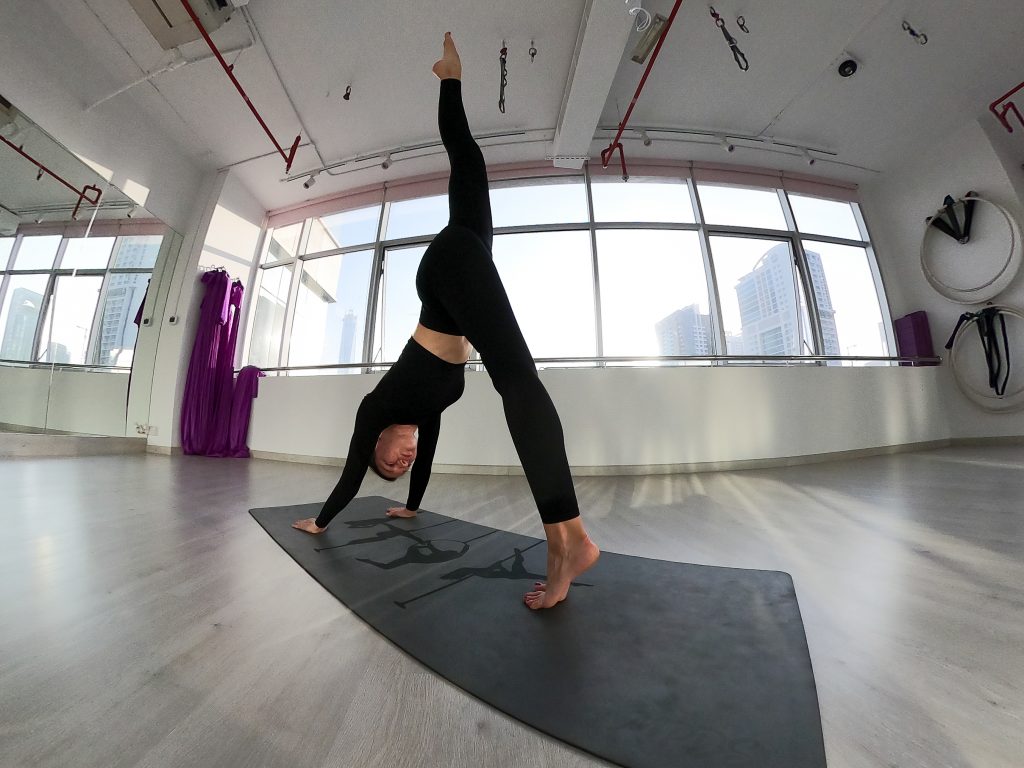
We’ll talk about this fundamental component of physical fitness that often takes a backseat to strength and endurance. However, for aerialists and dancers, flexibility is not just an asset; it’s a crucial part of their craft. Achieving and maintaining it can make a significant difference in their performance, and this is where specialized classes like Front Splits, Middle Splits, Splits (Front & Middle), and Back & Shoulders come into play. In this blog, we’ll explore the importance of flexibility and the specific benefits these classes offer to aerialists and dancers.
The Foundation of Flexibility
Before delving into the advantages of specialized flexibility classes, it’s essential to understand the concept of flexibility itself. Flexibility refers to the range of motion in your joints and muscles, and it plays a vital role in maintaining a healthy body. For aerialists and dancers, it’s even more critical, as their activities demand a level of flexibility that can be challenging to achieve through general stretching alone.
Benefits of Flexibility Classes
1. Flexy – Front Splits:
Front splits are a common requirement in dance and aerial routines. Achieving front splits not only enhances the visual appeal of a performance but also increases the range of motion in the hip flexors, hamstrings, and quadriceps. This improved flexibility helps performers execute complex movements and dynamic transitions with greater ease and grace.
2. Flexy – Middle Splits:
Middle splits, also known as straddle splits, are crucial for dancers and aerialists alike. This form of flexibility not only boosts the aesthetic quality of movements but also assists in mastering challenging positions, such as splits in the air on an aerial apparatus or performing acrobatic routines on the ground.
3. Flexy – Splits (Front & Middle):
This combination class targeting both front and middle splits provides a well-rounded approach to flexibility. Dancers and aerialists can seamlessly transition between different split positions, leading to more fluid and versatile choreography.
4. Flexy – Back & Shoulders:
The back and shoulders are essential components for any performer, particularly aerialists. Bendy back and shoulders not only enhances posture but also allows for beautiful arches, elegant poses, and graceful movements while suspended in the air or on the pole.
Benefits for Aerialists & Dancers
1. Injury Prevention:
Aerialists and dancers put their bodies through rigorous routines, often involving high-intensity maneuvers. Flexible muscles and joints are less prone to injury. This also aids in quick recoveries and reduces the risk of chronic pain.
2. Improved Range of Motion:
being flexy allows for more extensive ranges of motion, enabling to perform tricks, spins, and drops with finesse and grace.
3. Increased Stability:
Achieving and maintaining a high level of flexibility can enhance an aerialist’s stability and control, making it easier to execute complex moves and transitions.
4. Artistic Expression:
Flexibility enables performers to express themselves through their movements. Achieving beautiful lines, elegant poses, and fluid transitions is only possible with adequate flexibility.
Conclusion:
Flexibility is a fundamental component of success for aerialists and dancers. Specialized classes, such as Flexy – Front Splits, Flexy – Middle Splits, Flexy – Splits (Front & Middle), and Flexy – Back & Shoulders, offer tailored solutions to meet the unique needs of these performers. Adding the right balance and strength, aerialists and dancers can reach new heights in their art, showcasing their skills with poise, precision, and elegance. So, whether you’re soaring through the air or pirouetting on the stage, remember this is your silent partner in creating awe-inspiring performances.
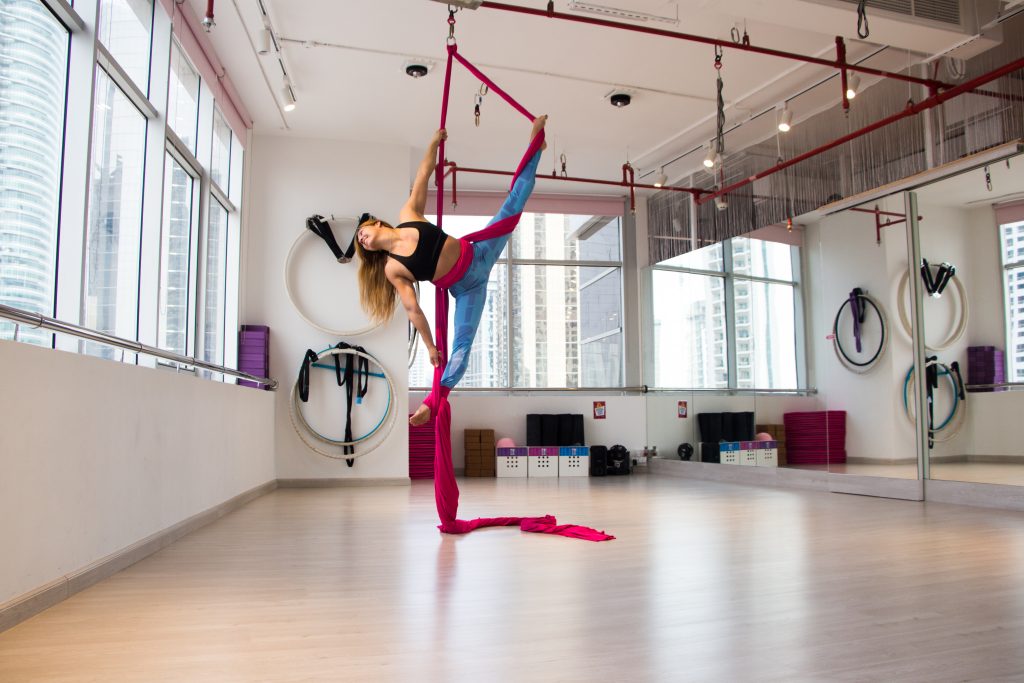
Ready to start? Have a look to our Schedule and get into the flexy move
